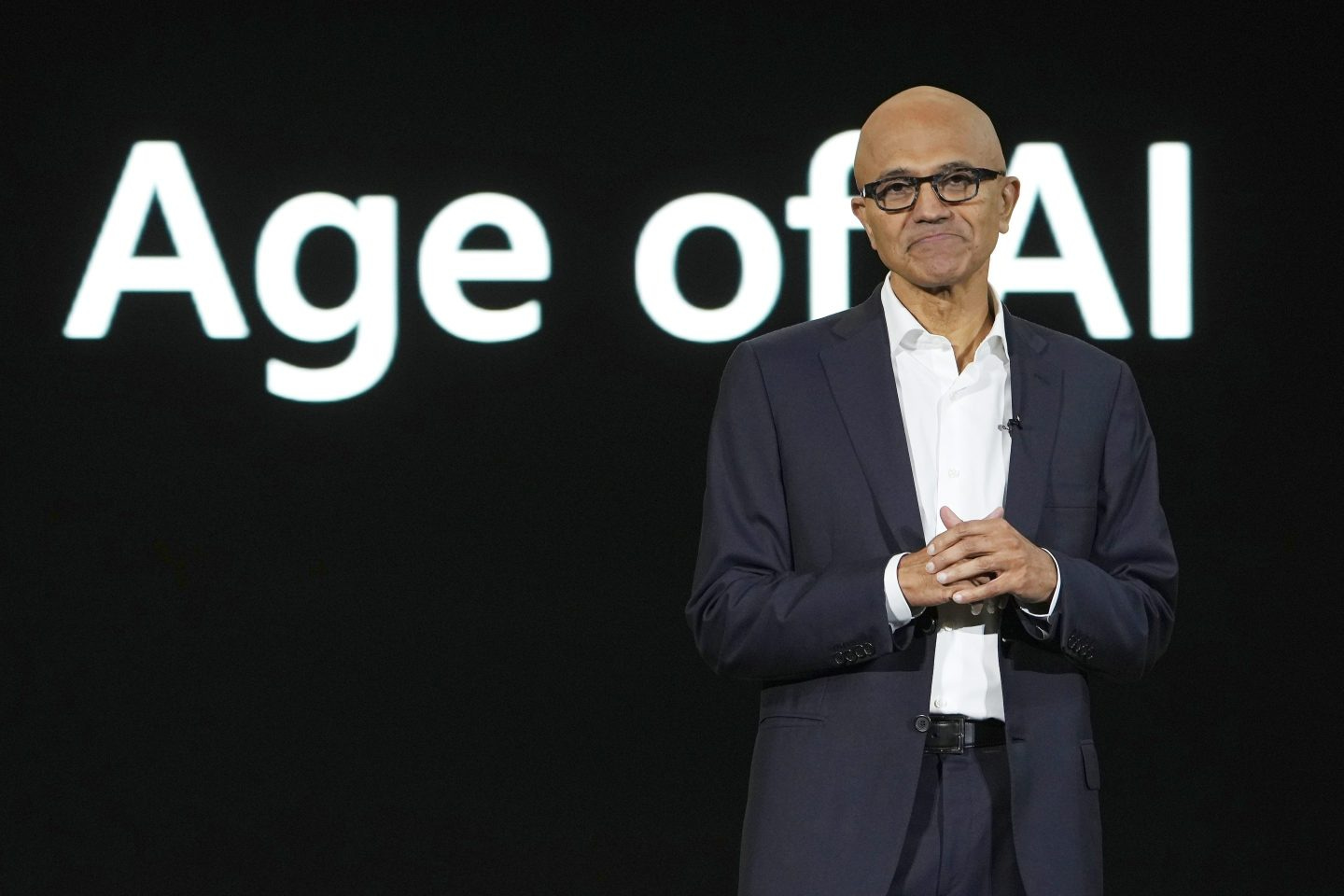Can AI Truly Handle User Research Alone?
User research is the most time-consuming and unpredictable part of product work. Interviews, feedback loops, usability tests - they all demand effort, coordination and context. So it’s no surprise that Product Managers are starting to ask: could AI do this instead?
The tools are already here. From sentiment analysis and heatmaps to AI-driven survey insights, we’re getting closer to a model where software can automate most of the research workflow. Microsoft’s Satya Nadella has even talked about a future where AI agents don’t just support, but replace software interfaces by acting on behalf of the user.
So what does that mean for product teams trying to understand real human problems?
What AI Can Help With
AI tools are good at:
Organizing large volumes of feedback
Spotting patterns in user behavior
Grouping sentiment from support tickets
Identifying anomalies or UX drop-offs
These tools save time. They help you surface trends that might otherwise take days or weeks to find. In many cases, they offer a faster way to validate whether something is even worth pursuing further.
Where AI Falls Short
AI doesn’t feel frustration. It doesn’t detect sarcasm. It doesn’t pause when someone says, "I mean... it kind of works, but not really."
A huge part of user research is not just what people say, but how they say it. The moments of hesitation, confusion, and emotion are often what lead to breakthrough insights—and those don’t get picked up by machine learning models. Not yet.
Context matters. And context still requires a human ear.
What’s at Risk When You Let AI Do It All
Relying too heavily on AI can:
Lead to overconfidence in surface-level insights
Miss out on deeper motivations and behavioral triggers
Encourage decision-making based only on quantity over quality
Automating away research may sound efficient, but it can also distance your team from the real people they’re building for. That gap can grow quickly.
So What’s the Sweet Spot?
Don’t replace your researchers—amplify them. Let AI tools handle the repetitive work. Let humans do what they do best: interpret, empathize, question, and listen.
A blended approach is where the strongest teams will win:
Use AI to summarize and structure feedback
Let humans guide the next round of questions
Pair tools with conversation, not instead of it
AI will change how we do user research. That part is clear. But if we want to build products people love, someone still needs to talk to the people.
Would you trust AI to lead your research process?
Do you have any ideas you would like to share? Get in touch on LinkedIn 👇
This post is sponsored by cs2investments.com
Unlock the full potential of your Counter-Strike skin investments with CS2Investments - your ultimate dashboard for tracking, analyzing, and managing your skin portfolio.






